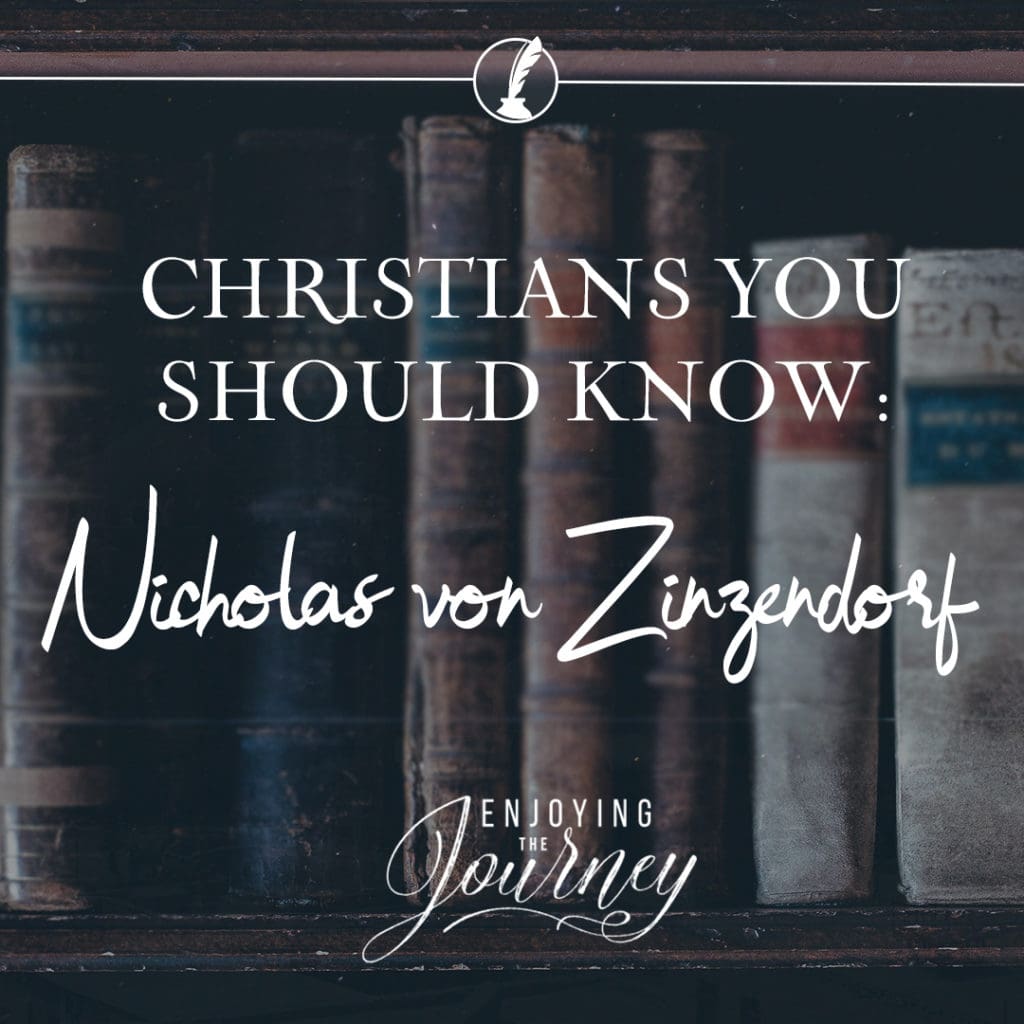
Christians You Should Know: Nicholas von Zinzendorf
“That I may know him, and the power of his resurrection, and the fellowship of his sufferings, being made conformable unto his death.” – Philippians 3:10
A Snapshot of the Life of Nicholas L. von Zinzendorf:
Born: May 26, 1700, in Dresden, Germany
Died: May 9, 1760, in Herrnhut, GermanyFounder of the Moravian Church and of Bethlehem, PA in 1741 which became its American headquarters. Zinzendorf married Countess Erdmuth Dorothea von Reuss on September 7, 1722, and they had at least one daughter. He later married Anna Nitschmann in June, 1757. He left politics (Saxon civil service since 1721) in 1727, and devoted himself to his growing Herrnhut (The Lord’s Shelter) community on his estate which grew into the Moravian Brethren (originally Bohemian Brethren). It began, when in 1722, he permitted some members of the Moravian sect, fleeing from persecution in Austria, to settle on his estate near Dresden. In August, 1727, a powerful prayer meeting began that lasted for 100 years. A chance meeting of a West Indian Negro in Copenhagen in 1731 rekindled his interests in foreign missions. In 1732, Herrnhut had grown to over 600 and also sent out their first two missionaries. In 1734, he was ordained Lutheran. After Zinzendorf was made bishop of the Moravian Church in 1737, he was expelled from Saxony, 1737-48. He was in London (1737), but welcomed by John Wesley in America (1741), establishing churches in several Pennsylvania towns and back to England, 1747 and most of 1749-55. His vision was “I have one passion. It is He.” He wrote 2,000 hymns, including “Jesus Thy Blood and Righteousness” (1739). – (Excerpt taken from the Reese Chronological Encyclopedia of Christian Biographies. Used by permission.)
A Spiritual Application for Our Lives:
As part of his introduction to the world of aristocracy, young Nicholas von Zinzendorf was given an in-depth tour of Germany’s art and culture. For this, he toured an art museum in Dusseldorf. As the young count walked through the museum, he was captivated by a depiction of Pilate presenting Christ to an angry mob (Ecce Homo – “Behold the Man”). Beneath this famous painting read the inscription. “This I have suffered for you, but what have you done for me?”
The words gripped young Nicholas. As he gazed at the depiction of his Savior and all that Christ had endured to save him, he realized how little he had done for Him. This realization spurred Nicholas to surrender his entire life to the Lord Jesus. He began to pray that the Savior would bring Him into the “fellowship of his suffering.” From that time forward, Zinzendorf’s appetite became steadfast toward the eternal; his heart and mind became fixed on serving his dear Savior.
We may draw many lessons from the life of this remarkable man. God used this aristocrat in tremendous ways. His zeal for Christ was all-consuming, yet, thoroughly unwavering. You can read volumes about Zinzendorf’s life and work. Under his influence, the greatest mission thrust in centuries was started by the Moravian missionaries. Significantly, many of Zinzendorf’s initiatives and ministries extended far beyond his life. Nicholas discovered one simple truth: that which is yielded to Christ is never wasted. God can do “exceedingly abundantly above” all we can ask or think (Ephesians 3:20-21).
So what about you? Have you stopped to consider all Christ suffered for you? Has the fullness of salvation gripped your heart? Friend, allow Christ’s love to constrain you this day. Yield your life to the service of the Savior. As you seek to know Him, never forget His unspeakable suffering. “This I have suffered for you, but what have you done for me?”
A Suggestion for Further Reading…
Count Zinzendorf: The Story of His Life and Leadership – John R. Weinlick; 1989

Discover more from Enjoying the Journey
Subscribe to get the latest posts sent to your email.

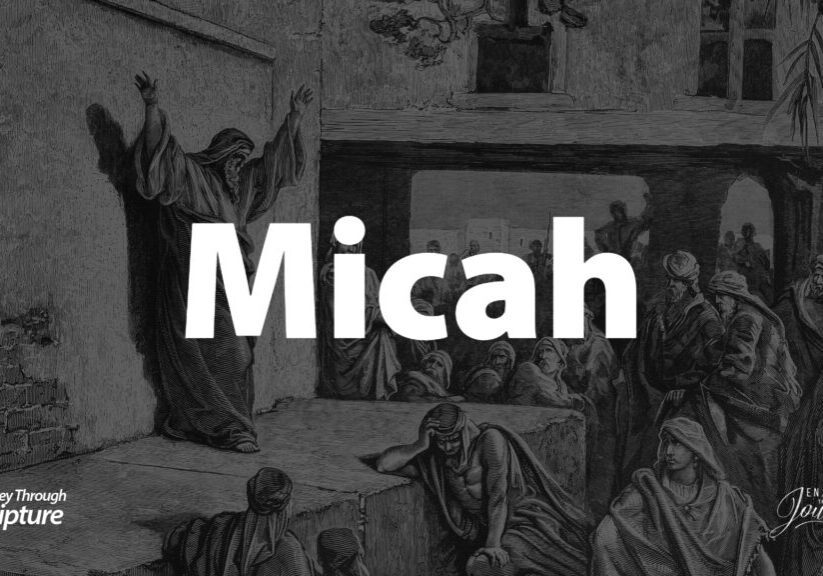

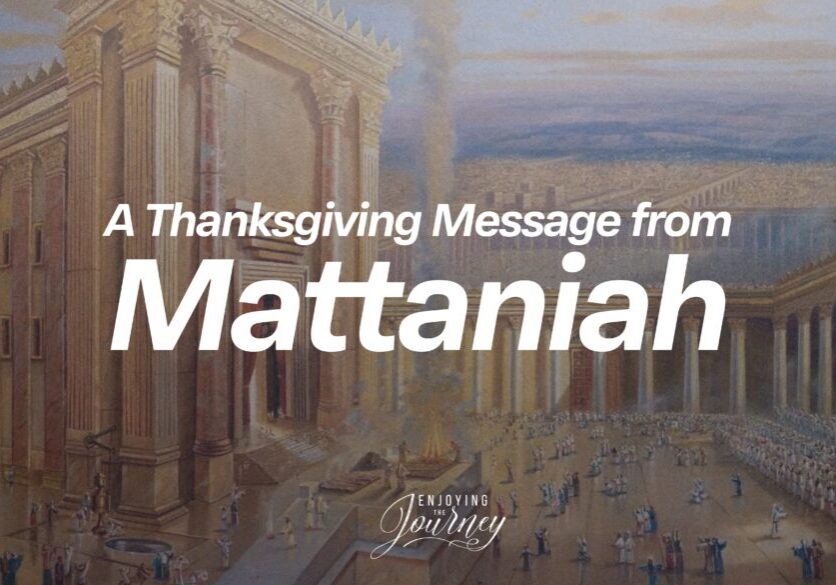
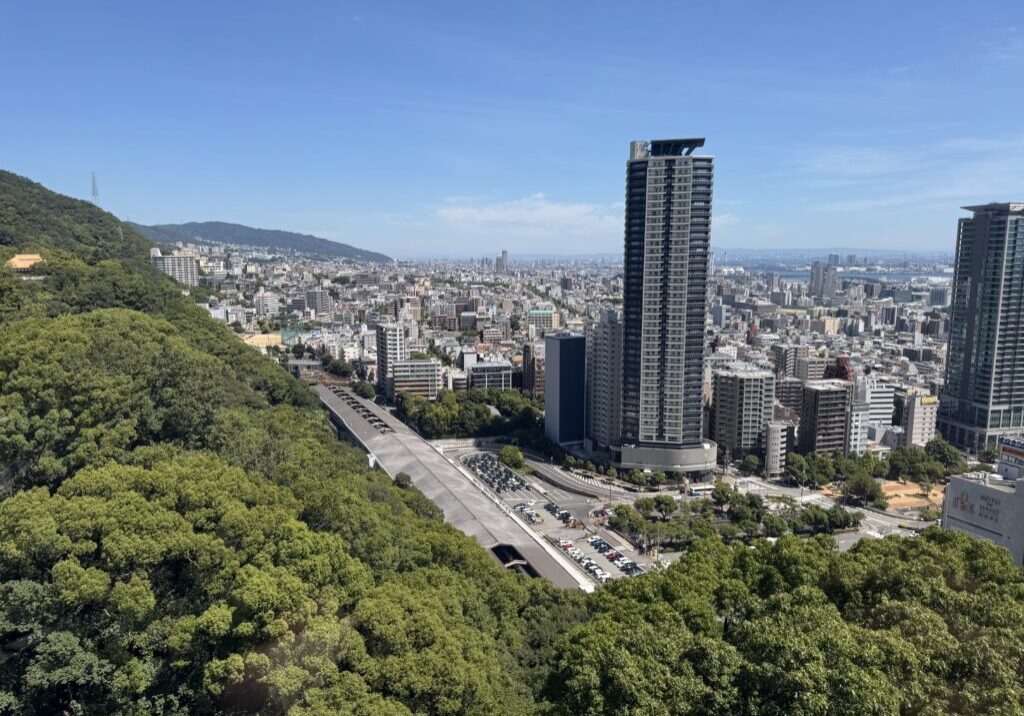
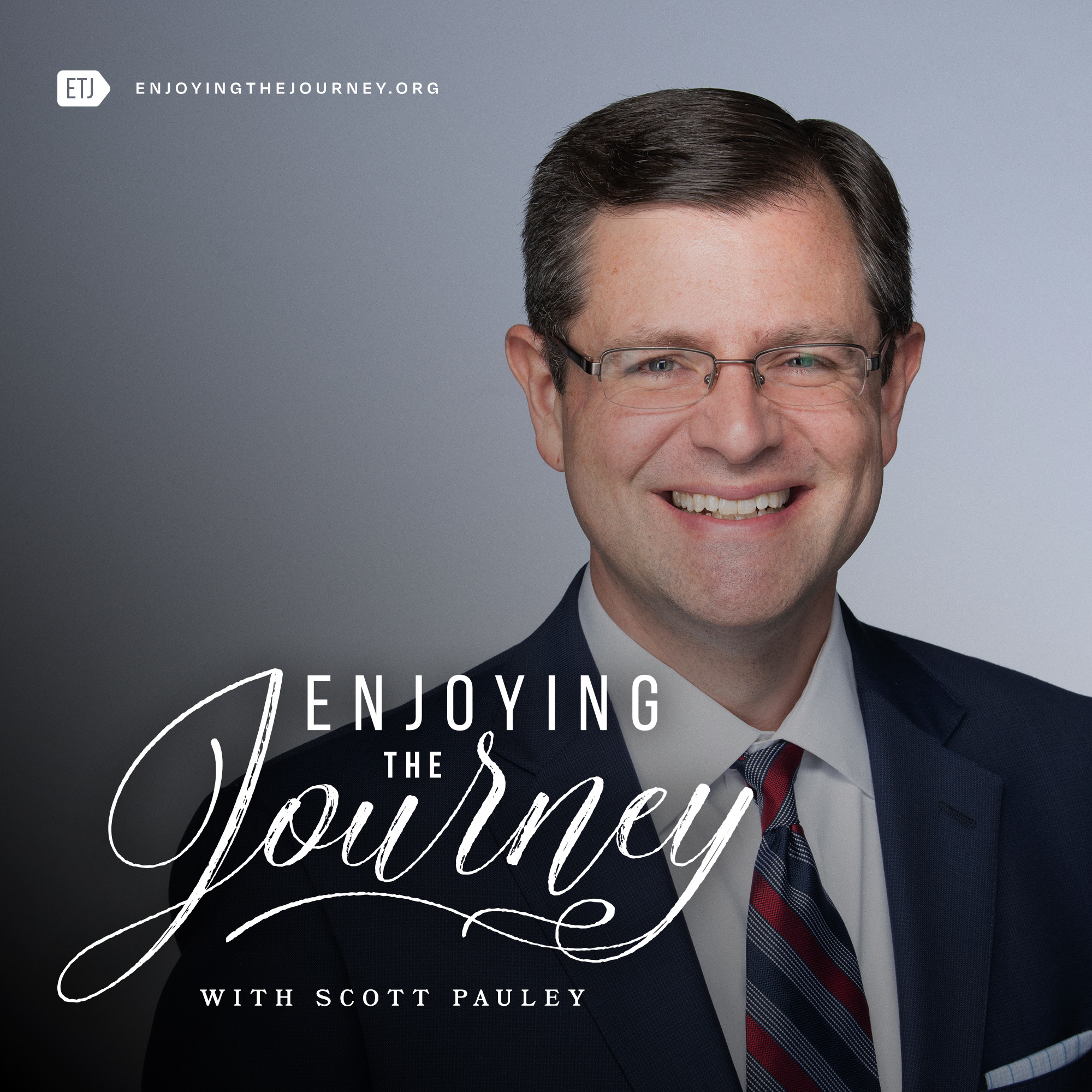
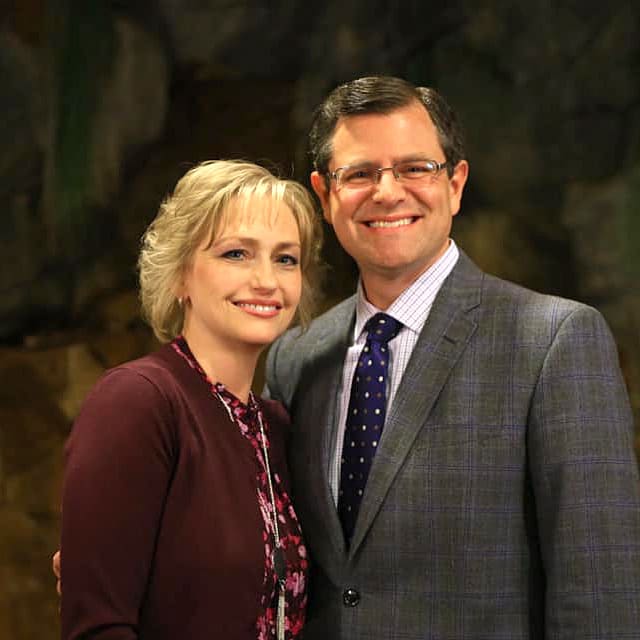
Good one!👍🏻🥰
Truly enjoying each of these! Thanks for sharing them.